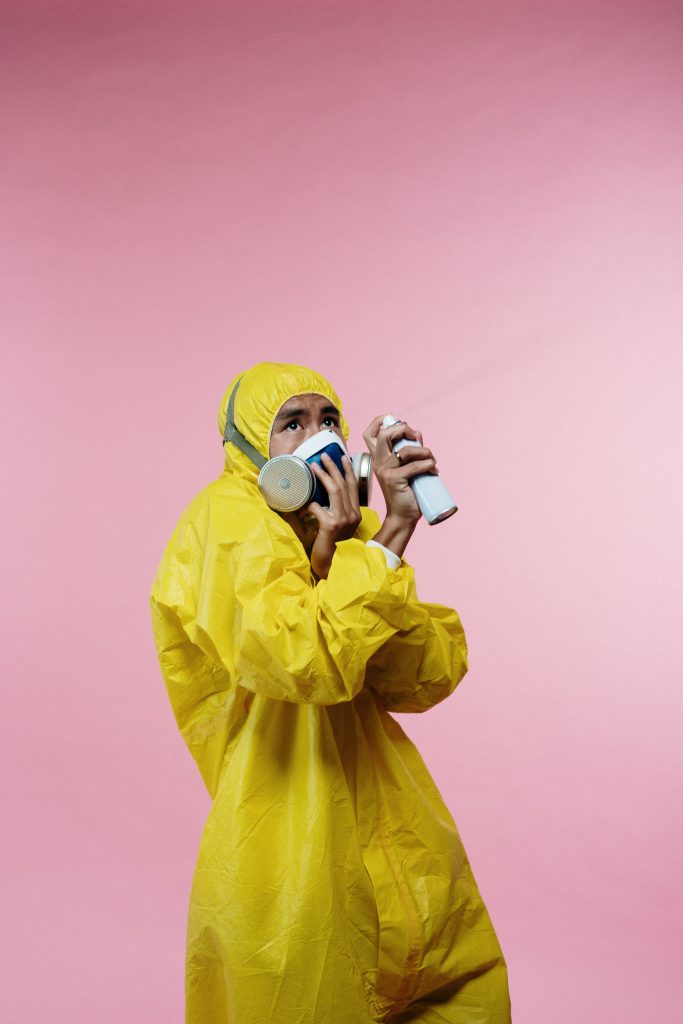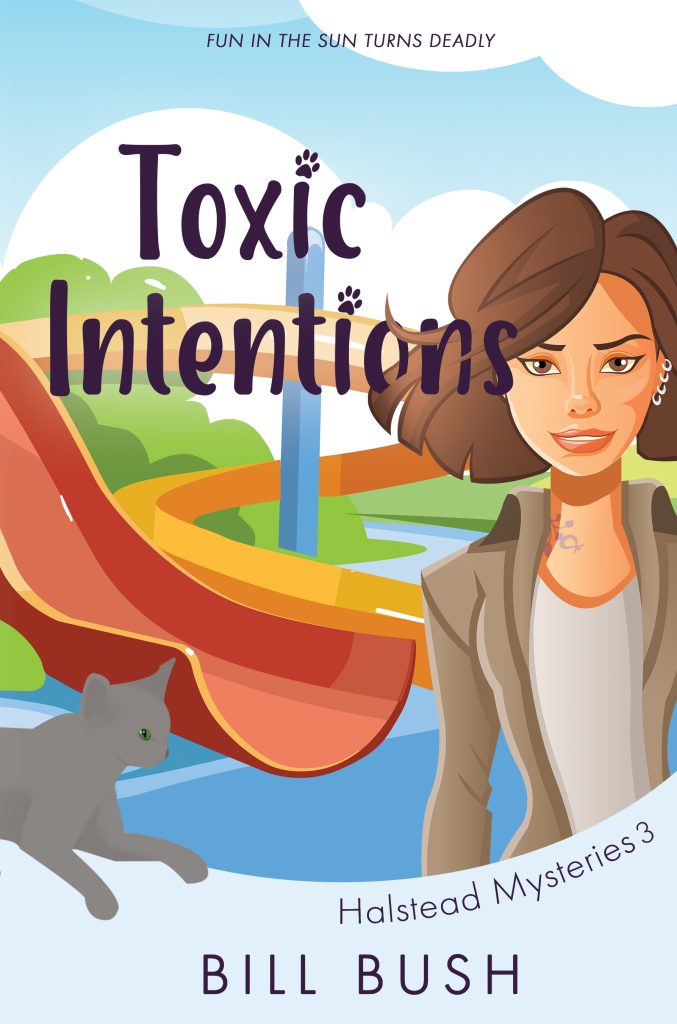My church is going through a sermon series titled emotions. It’s appropriate as there seem to be a myriad of emotions that people are experiencing in our country, out state, and our local communities. I know I’ve been through quite an array of emotions lately.

But I don’t want to write about emotions in general; I want to address one specific emotion that I believe is too prevalent and unnecessary. Fear
It’s natural to look at an unknown virus like COVID-19 and freak out a little bit. We all did in March as few resisted the extreme measures we took to protect ourselves from the invisible germ that had survived and thrived its way from China to our local neighborhoods.
And while there’s still reason for us to be careful and take thoughtful precautions, we have enough data now to show that most of us don’t need to live in daily fear.
Let’s start broad and work our way closer to home.
One of the reasons (and I understand there are lots variables that I don’t have time to explore now) that we continue to see cases of positive COVID-19 tests as we open things up is that we have chosen this path.
What I mean is this: last spring we chose to shut things down so we didn’t have a ton of coronvirus cases all at once. We didn’t want to risk overwhelming out health care facilities and chance running out of ventilators and ICU beds, which could have caused extra and unnecessary deaths.
Those precautions didn’t mean that in the long run the United States would have less cases, it meant that we chose to spread them out. Stated another way: we didn’t prevent the spread of COVID-19, we slowed it down. If our goal was to have lower numbers in August than in April, we could have left everything open and I guarantee our numbers we be lower. I’ll leave it to others to decide if that was the right decision or not.
There are 331,002,651 people in the United States and so far 5,682,491 have tested positive for COVID-19. A total of 176,223 deaths in U.S. That’s 3.1% of those infected by the coronavirus died and .05% of the population. Tragic? Yes. Catastrophic? Not by historic standards.
The Spanish flu a century ago killed between 17 million and 50 million people. That’s when the world’s population was at 1.5 billion. The equivalent death toll today would mean that between 86 billion 253 billion people died. We’re currently around 815,000 deaths.

The population of Kansas is just over 2.9 million. As of Sunday, the Kansas Department of Health and Environment had reported 419 deaths as a result of COVID-19.
Harvey County has a population of 33,804. According to the Harvey County Health Department, we’ve had five deaths. That’s less than one death a month since we started shutting everything down on March 12.
To put that in perspective, a month ago Harvey County had three young persons (ages 22, 21, and 33) killed in automobile accidents in less than a week.
The average age of death from COVID-19 in Kansas is 79. Ninety-one percent of deaths (381) have been age 65 and older. Zero deaths have been reported under the age of 18. I repeat—zero. Only two deaths in the 18-24 age range, 5 for 25-34, and 7 for 35-44. That’s according to the Kansas Department of Health and environment website on Friday, 8-23-20.
That’s a lot of numbers and I’m sorry, but I think most of the fear has come by looking at one number every day—the total positive cases. A narrow focus can lead to irrational and emotional conclusions that are based on fear and are untrue.
My purpose is not to talk anyone out of being cautious by social distancing, wearing a mask, and washing your hands. By all means, partake. But you can be careful without be fearful.
My purpose in writing is to calm some nerves because no one is better off by living in fear.

Sign up today to follow Bill Bush and receive e-mail notices of new posts!








